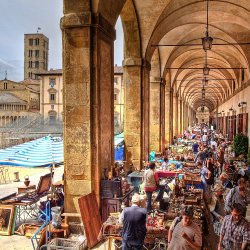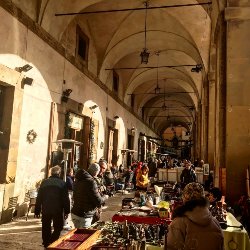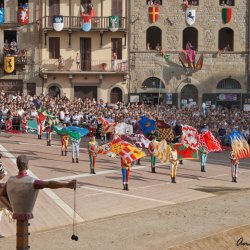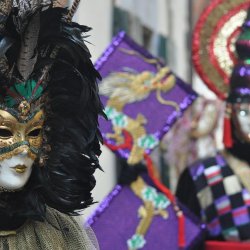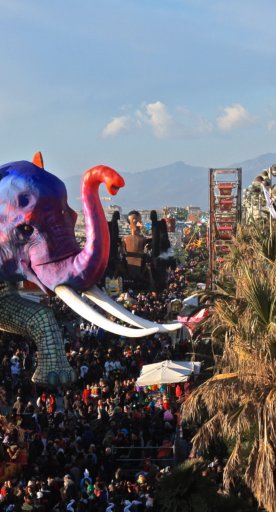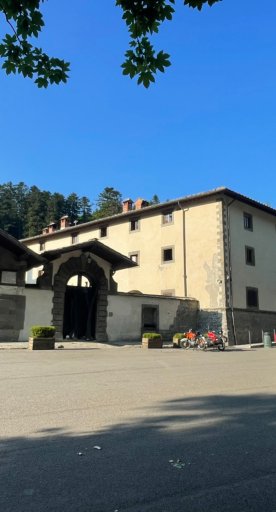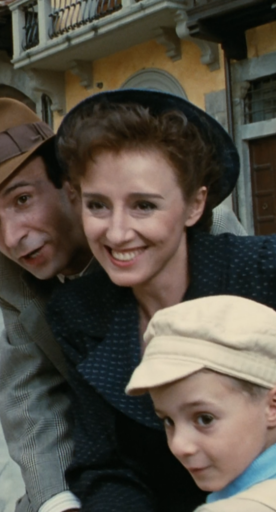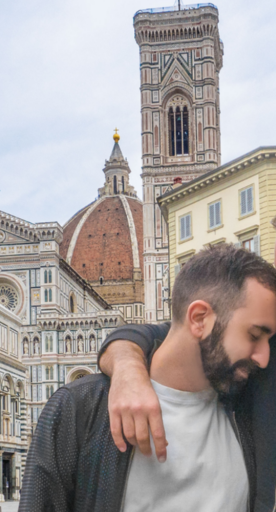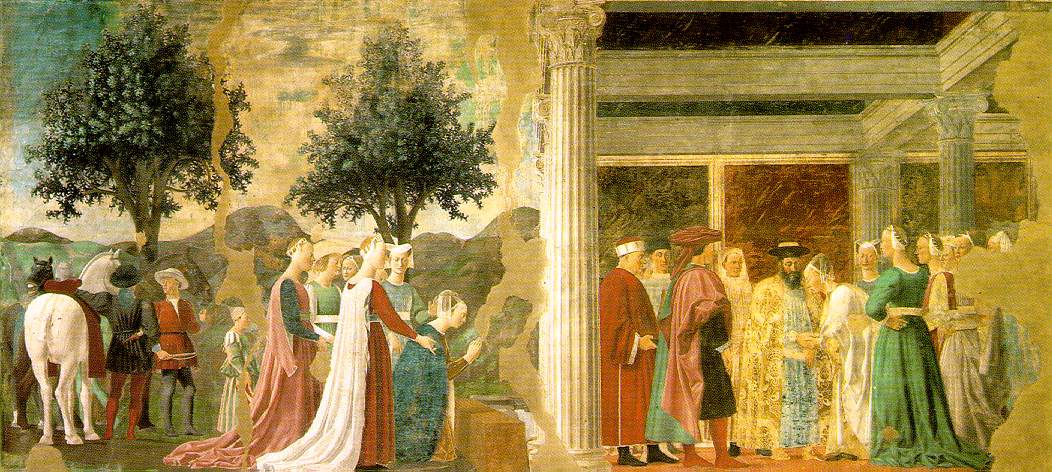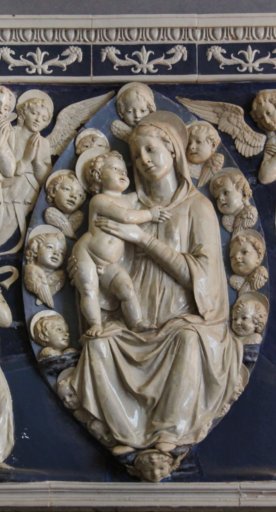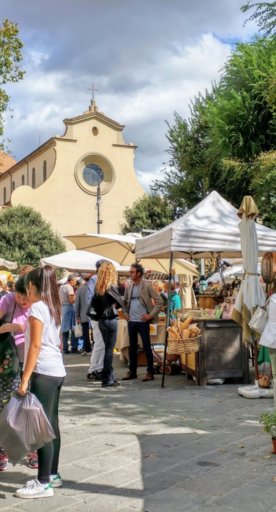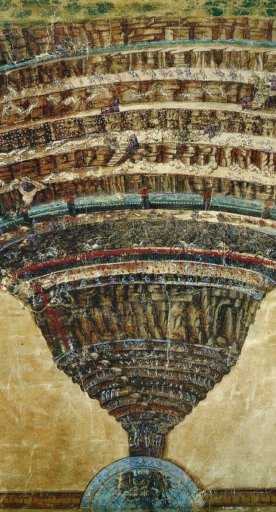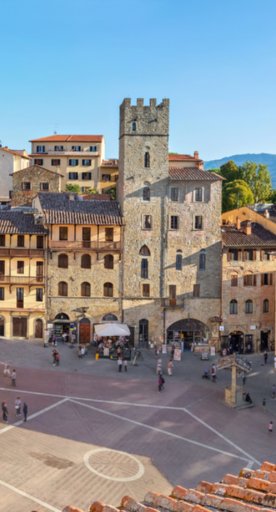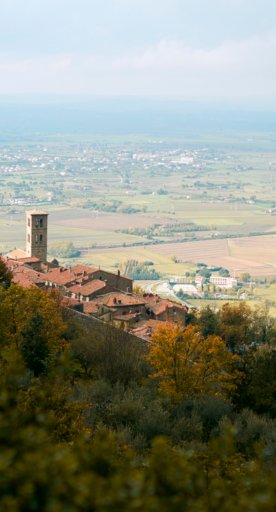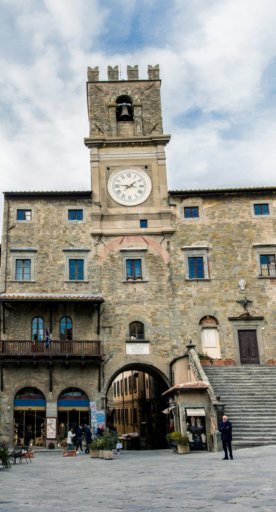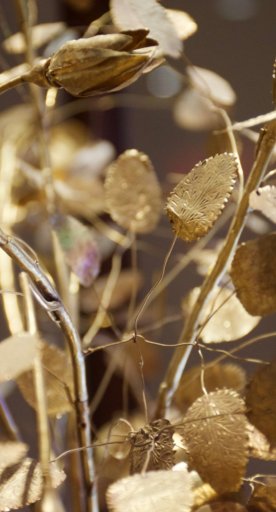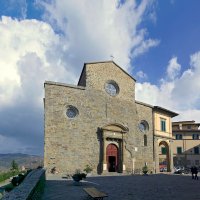
Vasari's places in Arezzo
A trip across the genius' places and works of art
Giorgio Vasari (1511-1574) was an essential painter, architect and historian. He's famous for having planned the Uffizi Museum and having written "the lives of the most excellent painters, sculptors and architects". If you want to travel following in his footsteps, you can start from his native town, Arezzo.
Here you can visit the Vasari house-museum: he bought this building in 1511, before restoring and decorating it with frescoes, helped by his pupils between 1542 and 1548. The visit allows you to see one of the few preserved examples of an artist’s house of the late Renaissance and to admire around fifty paintings from the sixteenth century.
Many Vasari's paintings are scattered all around Arezzo, like the Deposition from the Cross in the Church of SS. Annunziata, Madonna with Child and Saint John the Baptist at the Museum of Medieval and Modern Art, the Crowning of the Virgin in the Church of Saints Flora and Lucilla and Diocesan Museum, just to mention some.
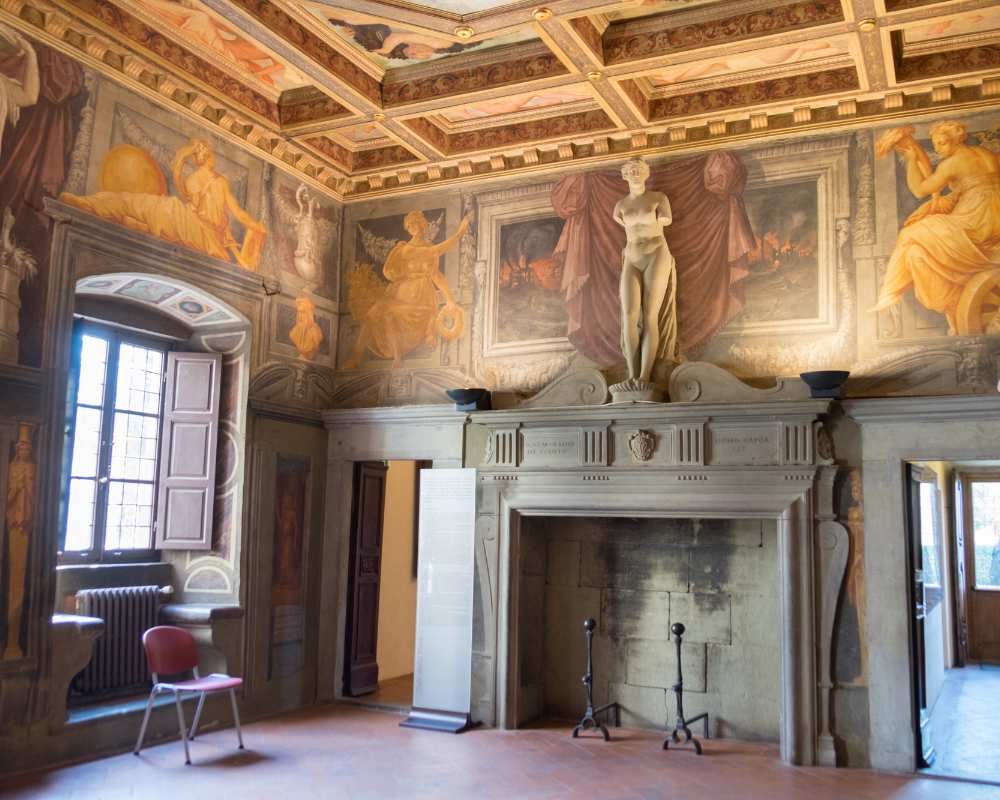
As an architect - inspired by Michelangelo - he used to work with marble and semi-precious gems, creating beautiful inlays, revisiting the ancient style with new functions. In Arezzo, he created a support for the Cathedral’s organ and the belfry of Palazzo della Fraternità dei Laici in Piazza Grande. In 1554 Vasari led a restructuring project for the presbytery of the Cathedral and from 1565 to 1573 he renovated the Abbey of Saints Flora and Lucilla.
Vasari’s last great works made in his hometown are the Loggias in Piazza Grande, commissioned by the Rectors of the Fraternity and the Citizens’ General Council and finished in 1593. At Vasari’s home-museum, you can find a small wooden model of two spans, proposed by the artist in 1572.

Not far from Arezzo, there's Cortona, an elegant town in the mountains between the Valdichiana and Tevere valley. There, Vasari worked at the building site of Santa Maria Nuova and on the renovation project of Santa Maria delle Querce. Moreover, the Oratorio del Gesù - where the Diocesan Museum is located - was frescoed in 1555 by Cristofano Gheradi, known as Il Doceno, after a design by Giorgio Vasari and depicting scenes from the Old and New Testaments.
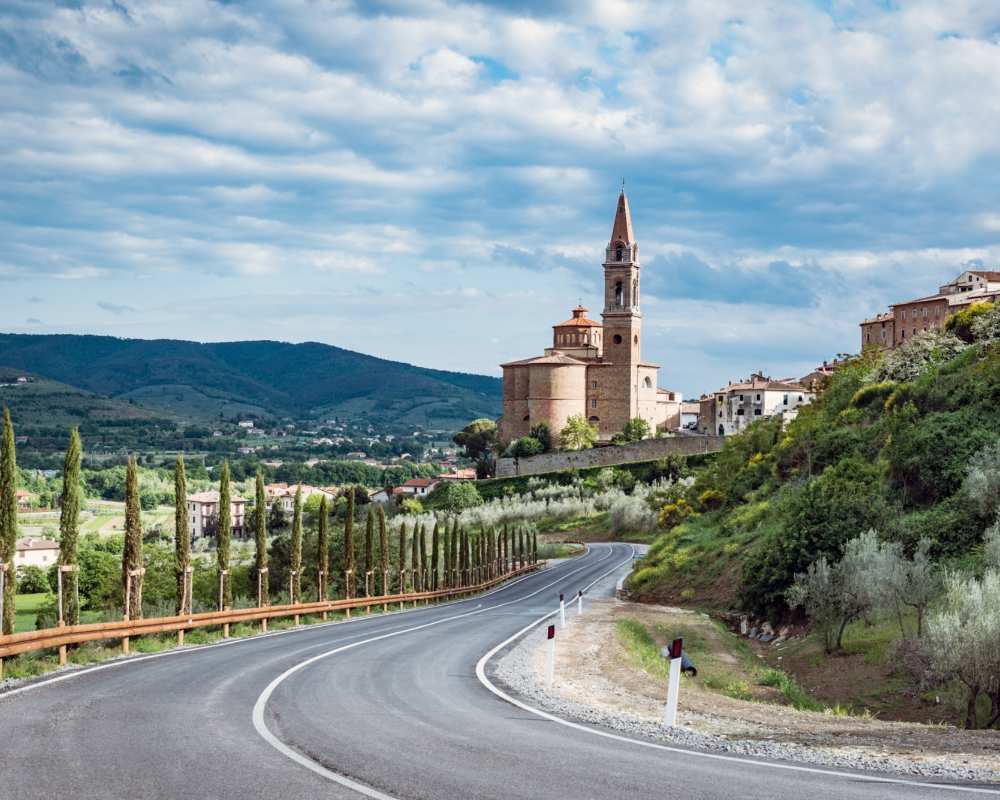
Still in the Arezzo area, Castiglion Fiorentino is where Vasari designed the Temple to Santo Stefano a Foiano and in the Church of San Francesco you can see his Madonna and Child with Saints Anna, Silvestro and Francesco.
In addition, in Monte San Savino, the Church of Sant’Agostino cherishes the Ascension of the Virgin before Saints Agostino and Romualdo.
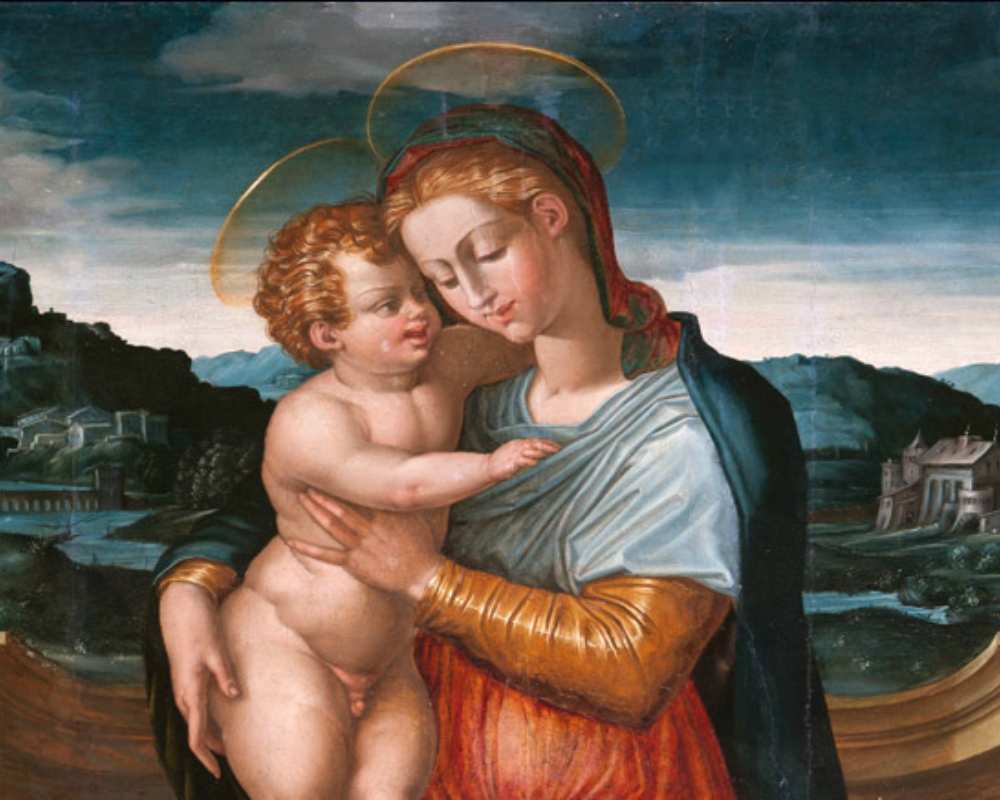
In conclusion, at the Camaldoli Monastery (located in Poppi’s Park of the Casentinesi Forests), you’ll also find several of Vasari’s paintings. In SS Donato and Ilariano Church you can see the Madonna and Child with SS Giovanni Battista and Gerolamo, the Nativity, and the table of the Altare Maggiore, rich in colors and lights, showing an important stilistic evolution, free from the influence of the Medici family.
